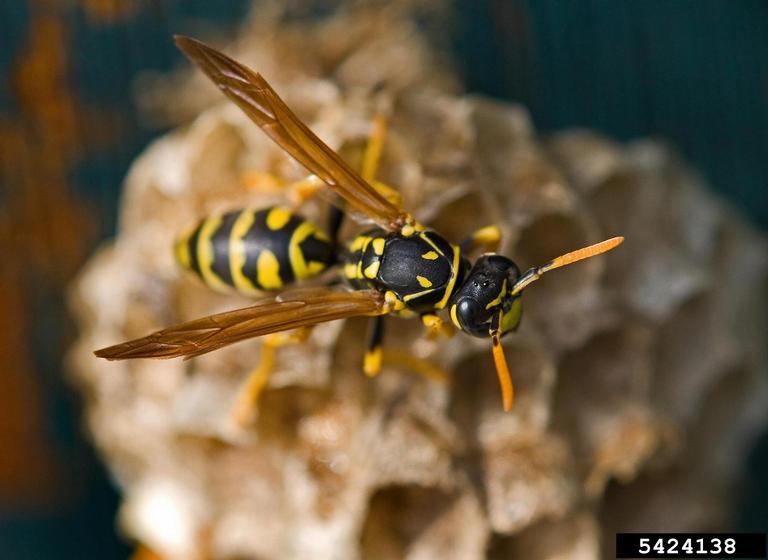My summer phlox, for example, would normally be a foot high in early May. But on April 20, they were two feet tall, with buds forming a month early.
At least three things are wrong with that. First, air can't move easily in dense phlox colonies, so mildew takes over and destroys the plants. Second, the taller stems are flopping over. And third, they're beginning to cover my treasured yellow butterfly weed.
My garden is out of kilter. If yours is having similar problems, here are a few things to consider.
Transplanting? Dividing? Moving? Not this year! I don't recommend digging and replacing established perennials this late in the season. And this is an especially bad year for it. Growth is soft and luxurious. Disturbed root systems won't be able to meet the needs of all that foliage.
If you must divide, transplant or move plants, reduce the foliage by half or more. And be vigilant at watering as warm weather returns.
Pinching back growth (removing two or three inches of top growth from each stem) can reduce the spread of fast-growing perennials. Chrysanthemum, saponaria, veronica, salvia and lantana will respond to pinching in May.
Pinching slows terminal growth and redistributes food into side branches. Your plants will be shorter. They may have twice as many flowers, too.
Trimming is likely required for spreading perennial plants such as Homestead Purple verbena. The new crown growth is competing with growth at the ends of scraggly long branches. Cut off all but a 6-inch circle around the crown. Allow the new shoots to spread. The old scraggly ones can be rooted and regrown elsewhere.
Thinning is removing some of the plants from a colony. I've thinned my phlox by removing shovel-sized groups of plants from the middle, allowing airflow and sunlight to filter in.
The remaining plants' root systems are only slightly disturbed. And by replacing fresh soil in the holes, roots reestablish quickly. I've never seen this procedure affect a colony adversely.
Staking will be essential this summer. Not only are my phlox flopping over, but so are most other tall perennials. Staking needs to be done now, before the stems fall over.
I like small tomato stakes and green yarn. The yarn is effective, yet impossible to see by midsummer. Tie it at one-third and two-thirds of the stem height. If you tie it at one-half the height, strong storms can buckle the stem.
This year's vigor may require you to do more deadheading, or removing spent flowers.
Many perennials put up a flush of flowers in early summer. If those flowers are pollinated and allowed to remain, they produce seed. This uses up sugars, thus reducing or preventing more flowers.
Because things are growing and flowering earlier this year, the summer flowering gaps may be longer and more pronounced. Gaillardia, phlox, veronicas, coneflowers, Echinops and some of the tall salvias will likely need deadheading to perform well all summer.
One last tip: fertilize lightly this year. The extensive root systems will have access to much more fertility, causing gargantuan growth if you add lots of fertilizer. Just a light sprinkling of 10-10-10 may be all you need.
Reduce soil moisture if you can. This will harden off root systems and slow growth. By hardening off plants now, they may be better adapted to summer heat.
Slight wilting of tip growth in mid-afternoon is normal for most sun-loving perennials. Don't water this spring unless you see very dry soil and wilting by late morning.






